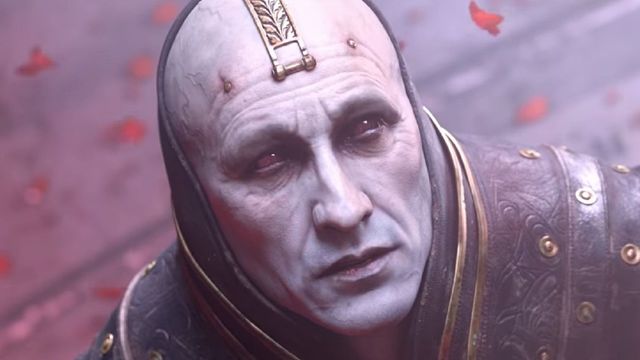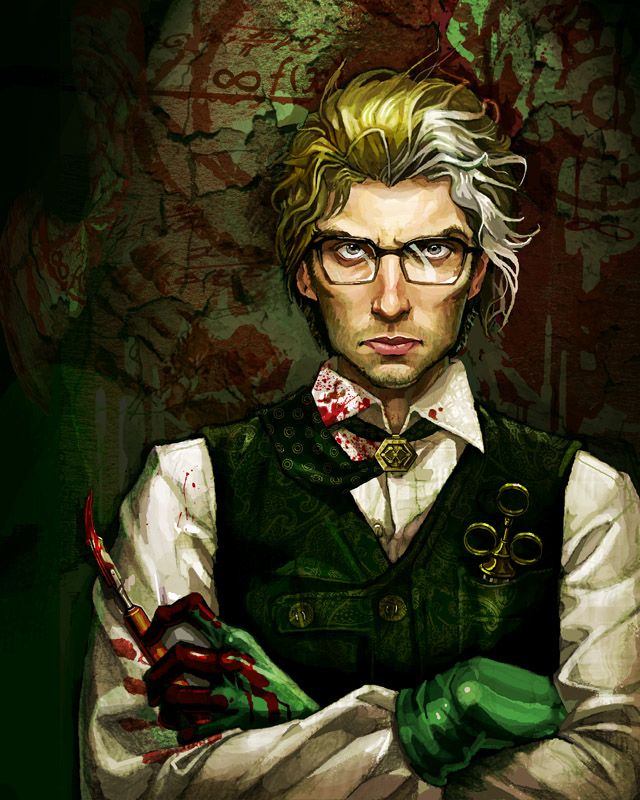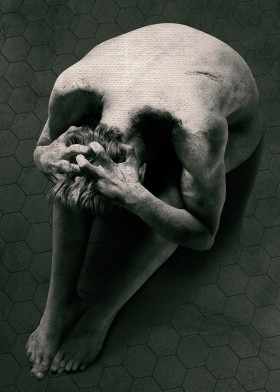The power of death in life
“I’m sorry I hid in the root cellar. If I’m going to be a necromancer, I shouldn’t be afraid of dead people.” ― Rebecca McNutt, Necromancy Cottage

Necromancer. The very word conjures images of tombs, moldering corpses and the shambling hordes of the Dead. It conveys unpleasant images of grave robbing and desecration, gothic decor and the color black.
The truth though, is that Necromancers come from all walks of life, all religions, and all countries. Some use their powers for selfish purposes, others for selfless goals. Some are good people, and some are despicable. Some prefer the dead to the living, and others see the dead as servants, subjects and slaves. Some view their power over the dead as an obligation to serve the living and the dead, and some view their powers as a burden and a struggle.
Some are somewhere in the middle of all of these extremes.
What is a Necromancer?
A necromancer is a human being that is born with an innate affinity towards the dead and with powers over the dead. Scientists cannot explain how this happens, but recent research indicates something that is almost akin to a gene, a specific structure within the DNA that somehow enables humans to control and influence the dead. Necromancers did not ask for this power, which usually manifests itself at a relatively young age, and it is not something that needs to be tutored or coaxed. Usually by adolescence the average necromancer’s powers have blossomed. Over time they may grow more powerful, but without a powerful outside influence or constant utilization, most will hit their peak in their early 20’s.
Many necromancers and their families first learn of their powers when a beloved pet is brought back from the dead, or when grandmother sits back up in her coffin. Unlike in older times, such children are not automatically doomed to the fire, but there is still a fair amount of shame that is attached to the power except in certain rarified circles.

Their Powers
All Necromancers have certain innate affinities related to the dead and the negative energies surrounding death, decay, and the undead. This innate connection makes them immune to the power in a vampire's eyes, gives them the power to speak with the dead, allows them to raise zombies and other undead with less effort and ritual, and slows down their aging.
Necromancers can raise zombies easier than animators, and sometimes don't even need an animal sacrifice. They usually also have some control over and against vampires. Some Necromancers can animate a vampire's corpse during the day whilst it is soulless, treating it as if it were a zombie, and some appear to have some control over vampires even at night. All necromancers have the potential to control all flavors of dead, if they grow powerful and skilled enough to do so, but most never do.
There are generalist Necromancers, or necromancers that do not have an innate affinity for a particular necromantic path, but there are Necromancers who have a connection with certain elements of death. These elements are Blood, Bone, and Breath and each represents a separate path of power within the broader sphere of Necromancy.
The Specialist Paths
Necromancers who walk one of these paths are known as Specialist Necromancers and while they can have some of the same abilities as generalist Necromancers, they also have access to powers that reflect their unique path and which give them powers over those things within their specialty.
Blood
Blood necromancers are students of blood as both a literally and symbolically. As a symbol, Blood represents the essence of life and life-force (usually more physically than spiritually) - whereas the soul is thought of as immortal, blood is a sign that our soul remains here - in our bodies, in this life. Moreover, blood can symbolize the mortality of a person, or being, showing that they are able to experience pain and death. Blood Necromancers manipulate Blood, symbolically and literally and their powers are drawn from the power of Blood.
Breath
 Breath necromancers are also known as Spirit Necromancers, for thier powers focus on the intangible essence of life, energy, and the spirit of a being. As a symbol, Breath symbolizes life and the power of the spirit and also the transient, insubstantial, and the elusive. The two movements of breathing - the intaking and outgoing of the breath - symbolize the alternating rhythm of life and death, of manifestation and reabsorption into the universe. Breathing is connected with circulation of the blood and with the important symbolic paths of involution and evolution. For this reason, difficulty in breathing may symbolize difficulty in assimilating the principles of the spirit and of the cosmos. In this way, to breathe is to assimilate spiritual power. Breath Necromancers typically work with spirits, souls, and Ghosts, and their powers reflect the intangible but undeniable reality of the soul.
Breath necromancers are also known as Spirit Necromancers, for thier powers focus on the intangible essence of life, energy, and the spirit of a being. As a symbol, Breath symbolizes life and the power of the spirit and also the transient, insubstantial, and the elusive. The two movements of breathing - the intaking and outgoing of the breath - symbolize the alternating rhythm of life and death, of manifestation and reabsorption into the universe. Breathing is connected with circulation of the blood and with the important symbolic paths of involution and evolution. For this reason, difficulty in breathing may symbolize difficulty in assimilating the principles of the spirit and of the cosmos. In this way, to breathe is to assimilate spiritual power. Breath Necromancers typically work with spirits, souls, and Ghosts, and their powers reflect the intangible but undeniable reality of the soul.
Bone
Bone is a symbol of death, but also of enduring truth, hidden secrets, and as a physical foundation. Whether a human body, a building, or an organization, all is accomplished by making a foundation and then filling the rest in. Bone necromancers manipulate bone, literally and symbolically in order to gain better understanding of the world around them and to carve a place for themselves.
More Information
Types of the Animate Undead | Necromancer Powers | Playing a Necromancer